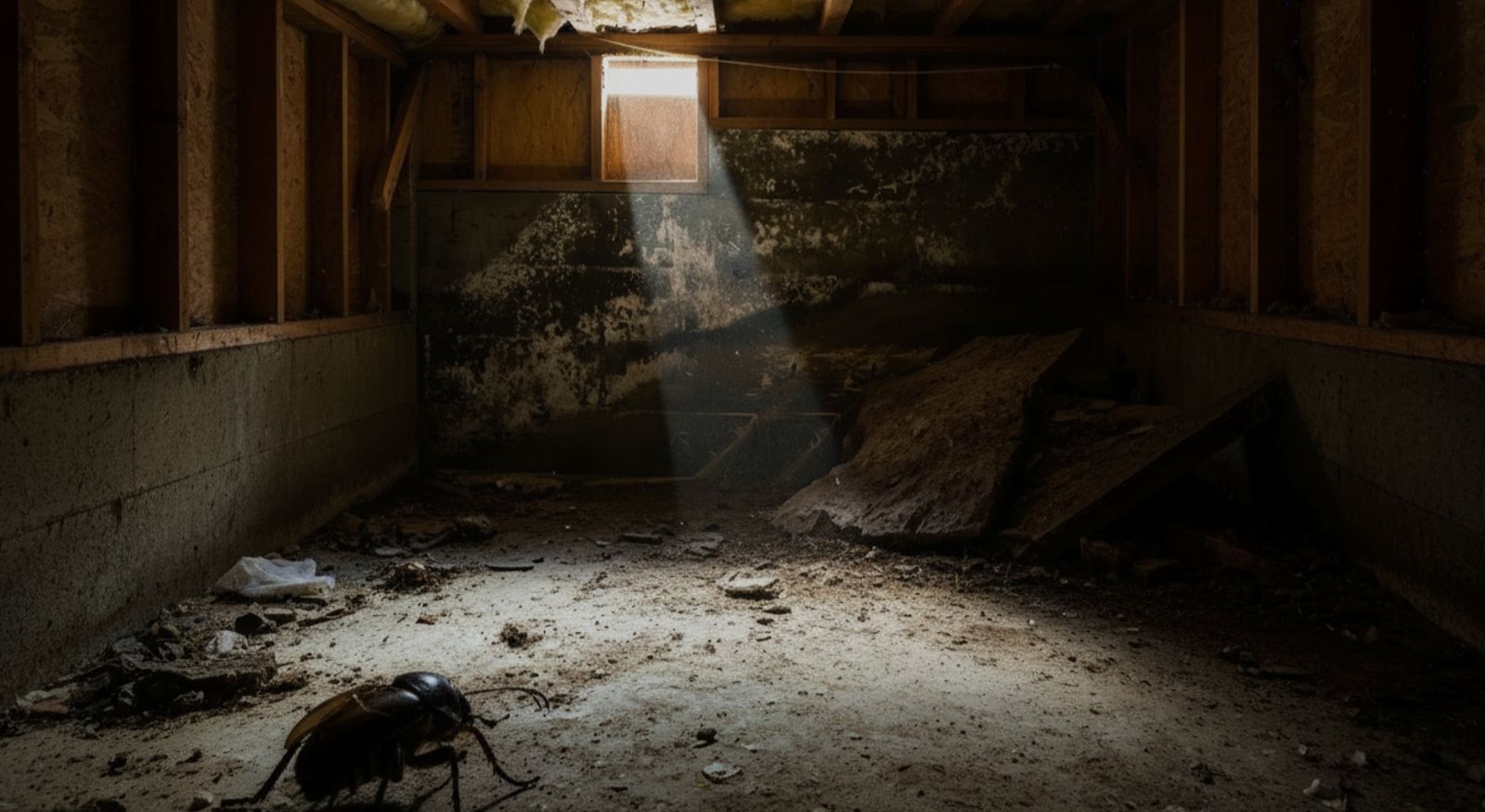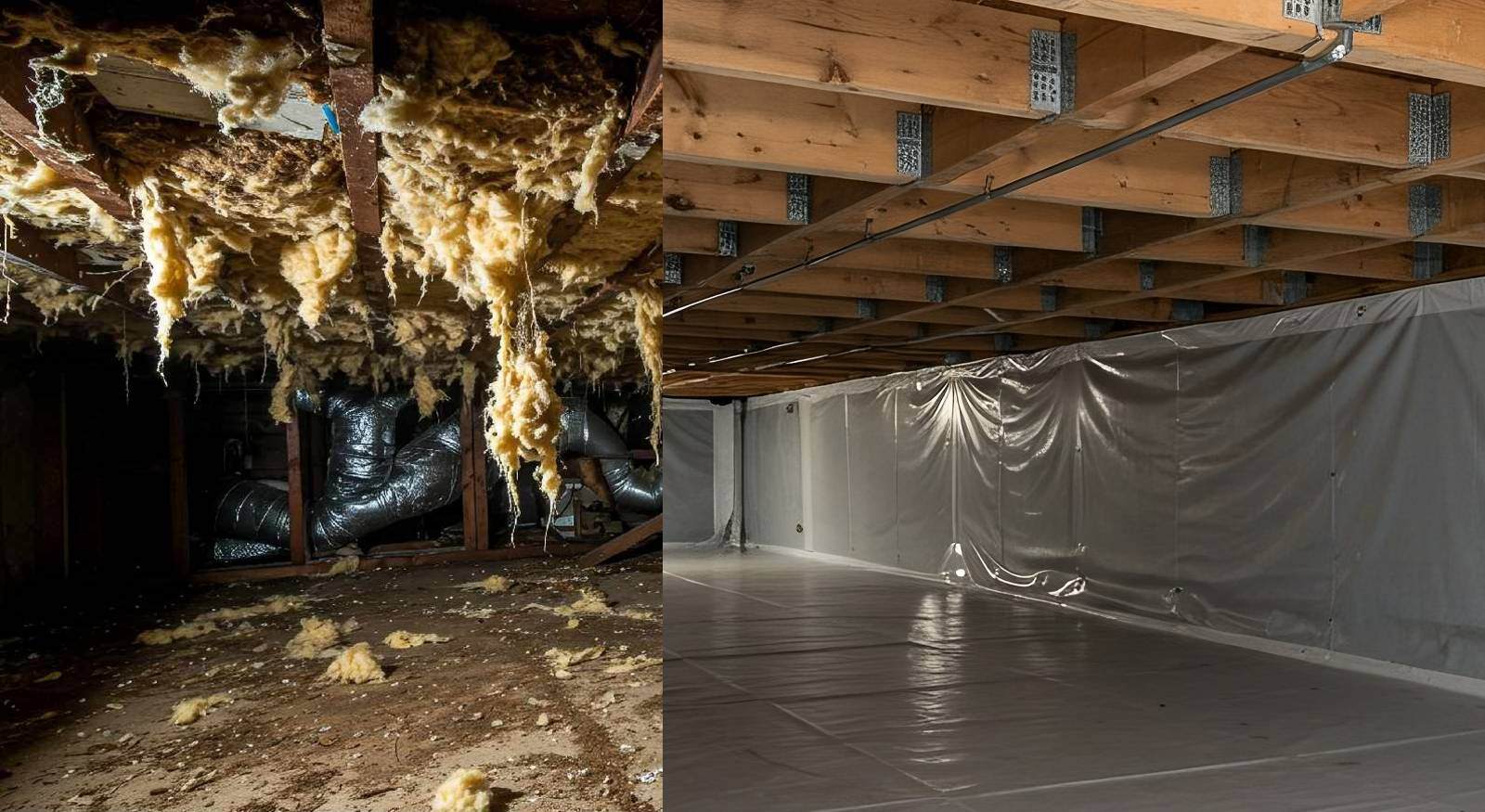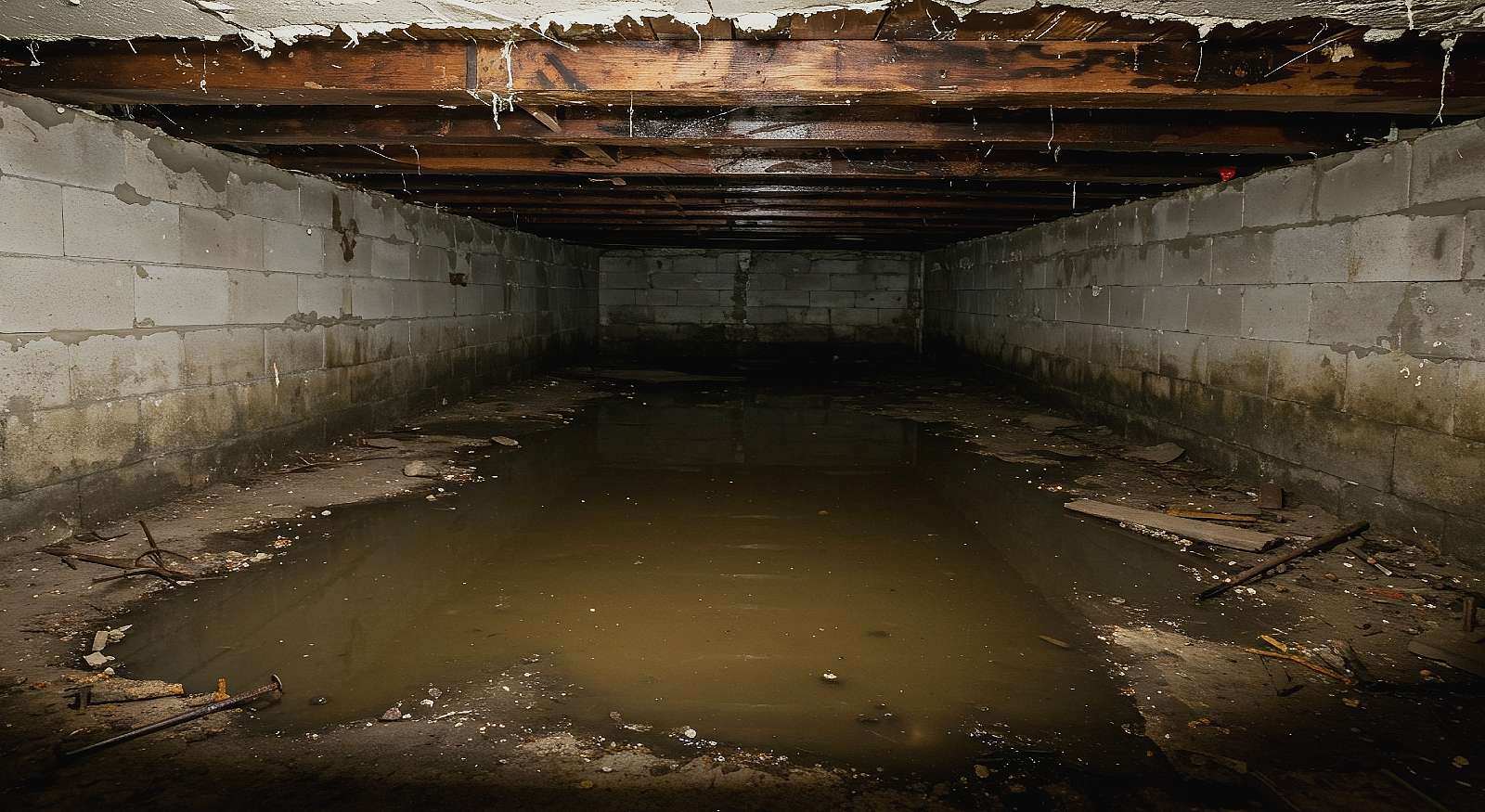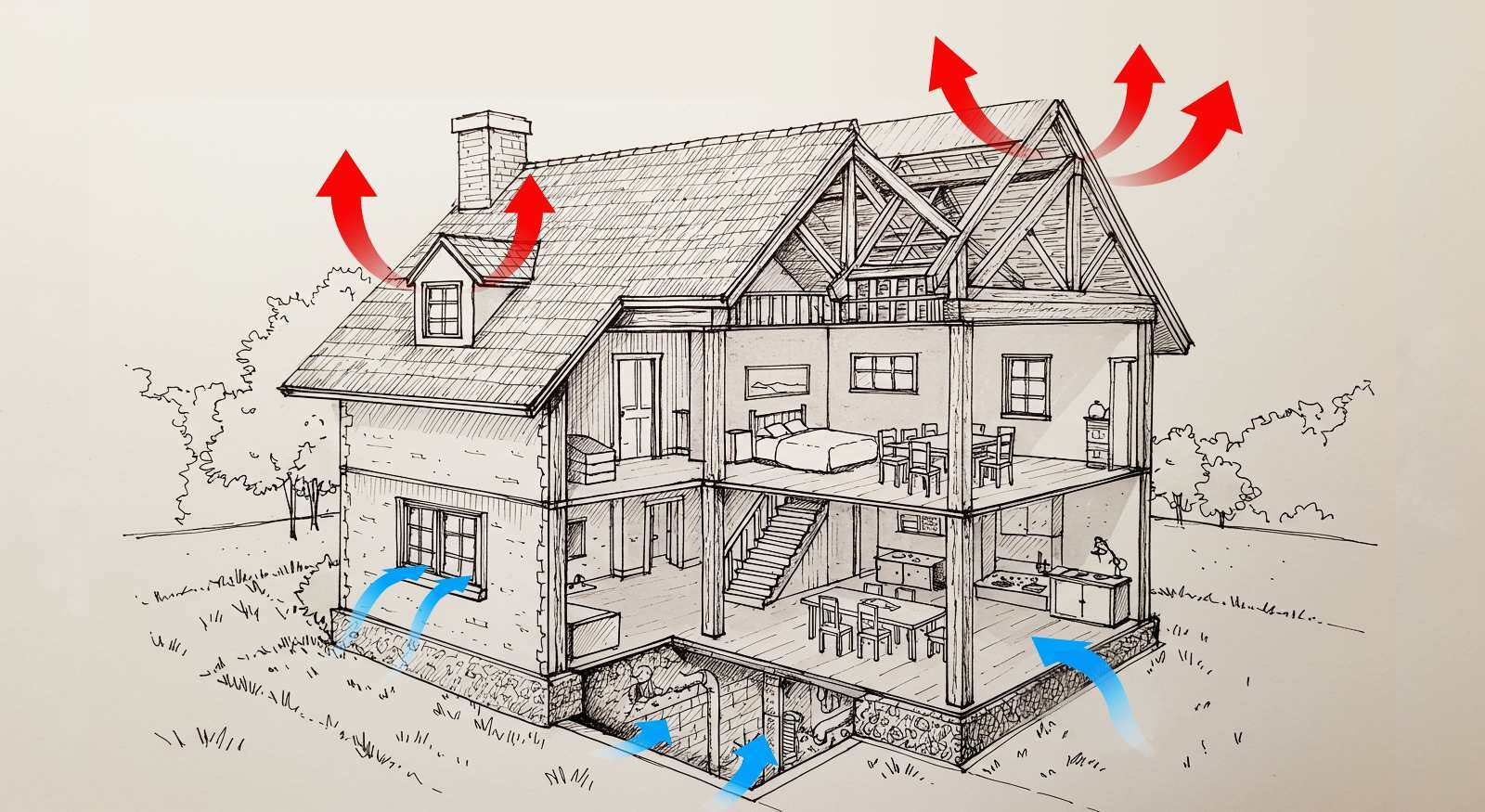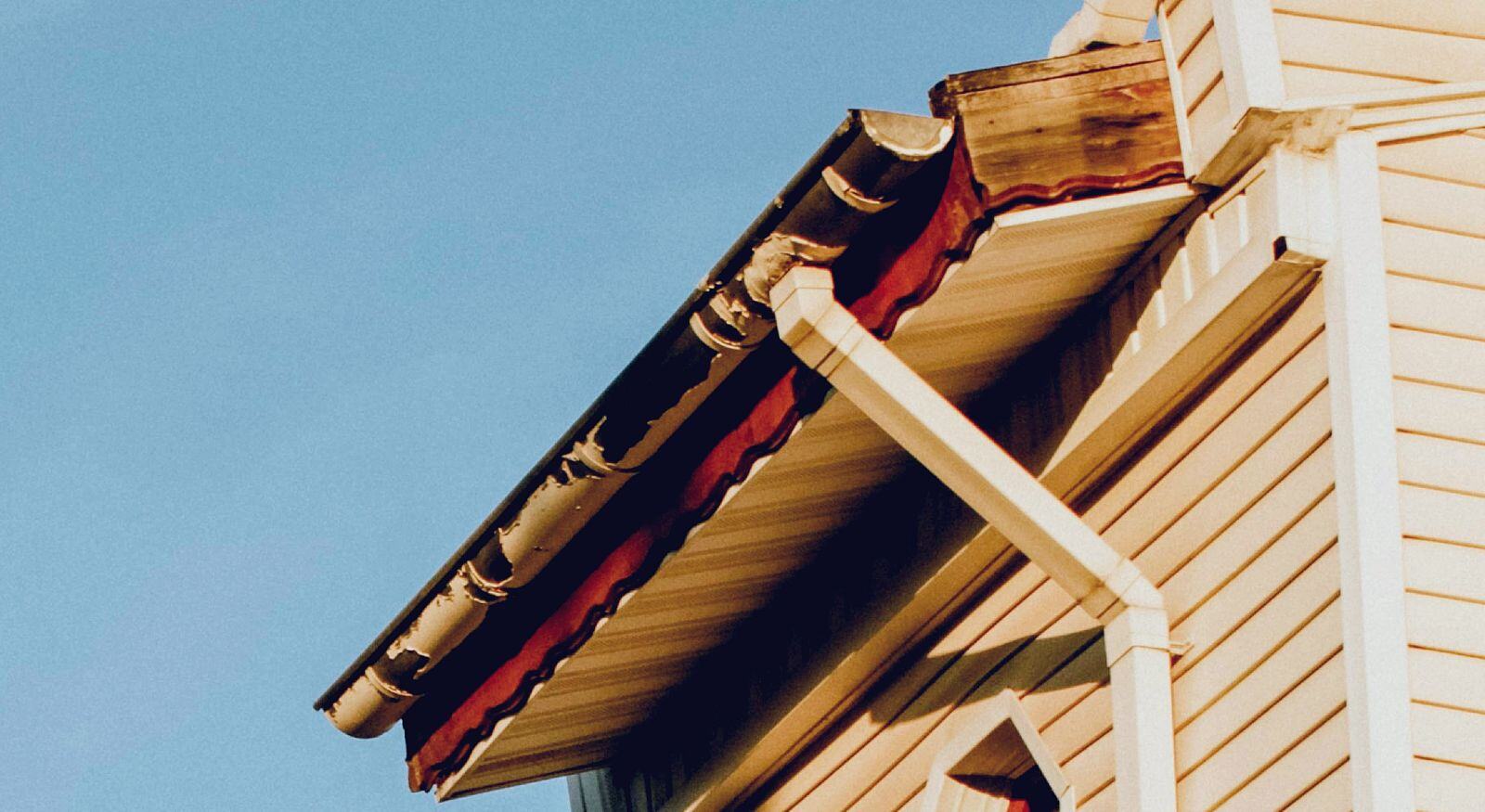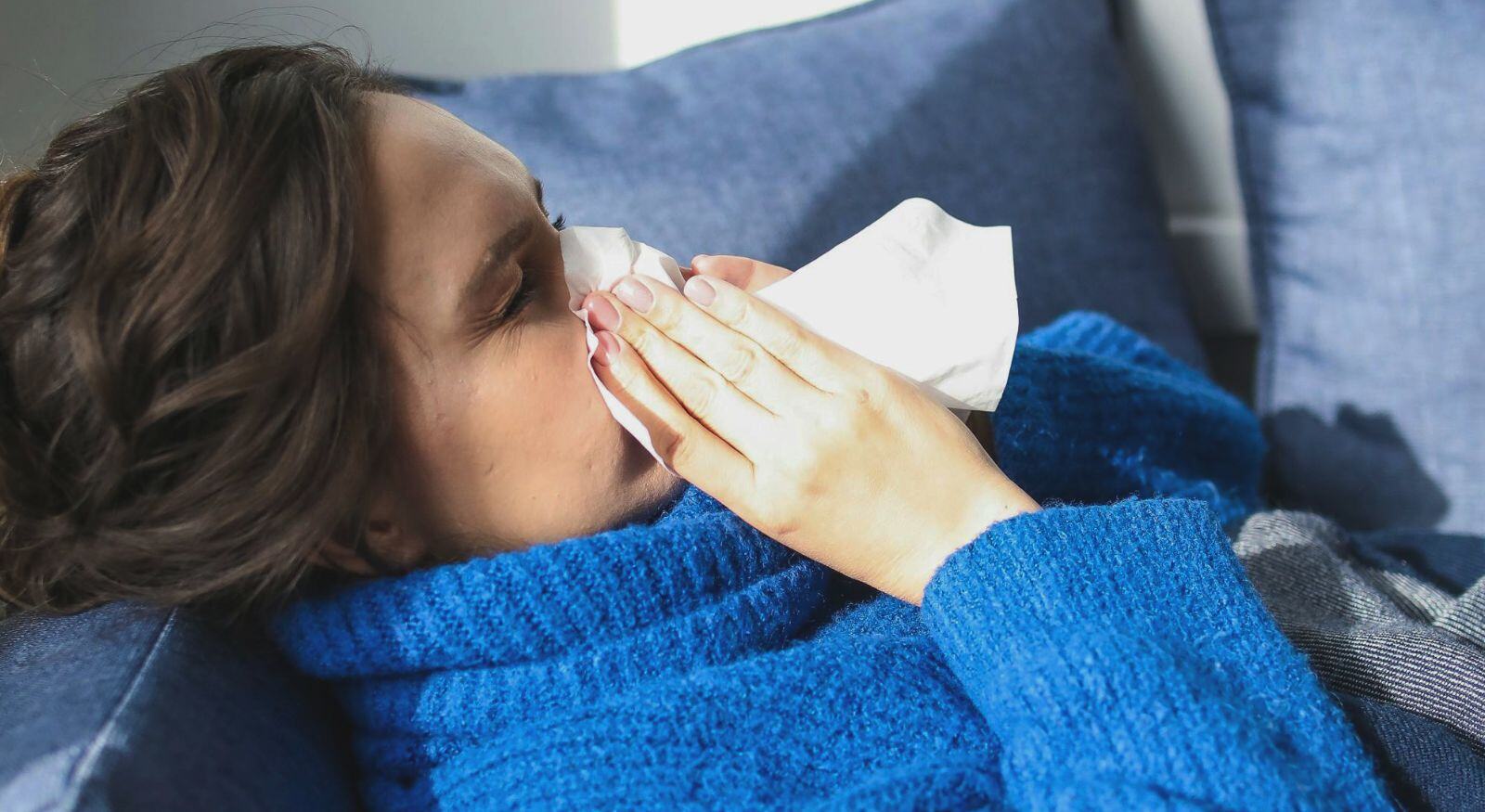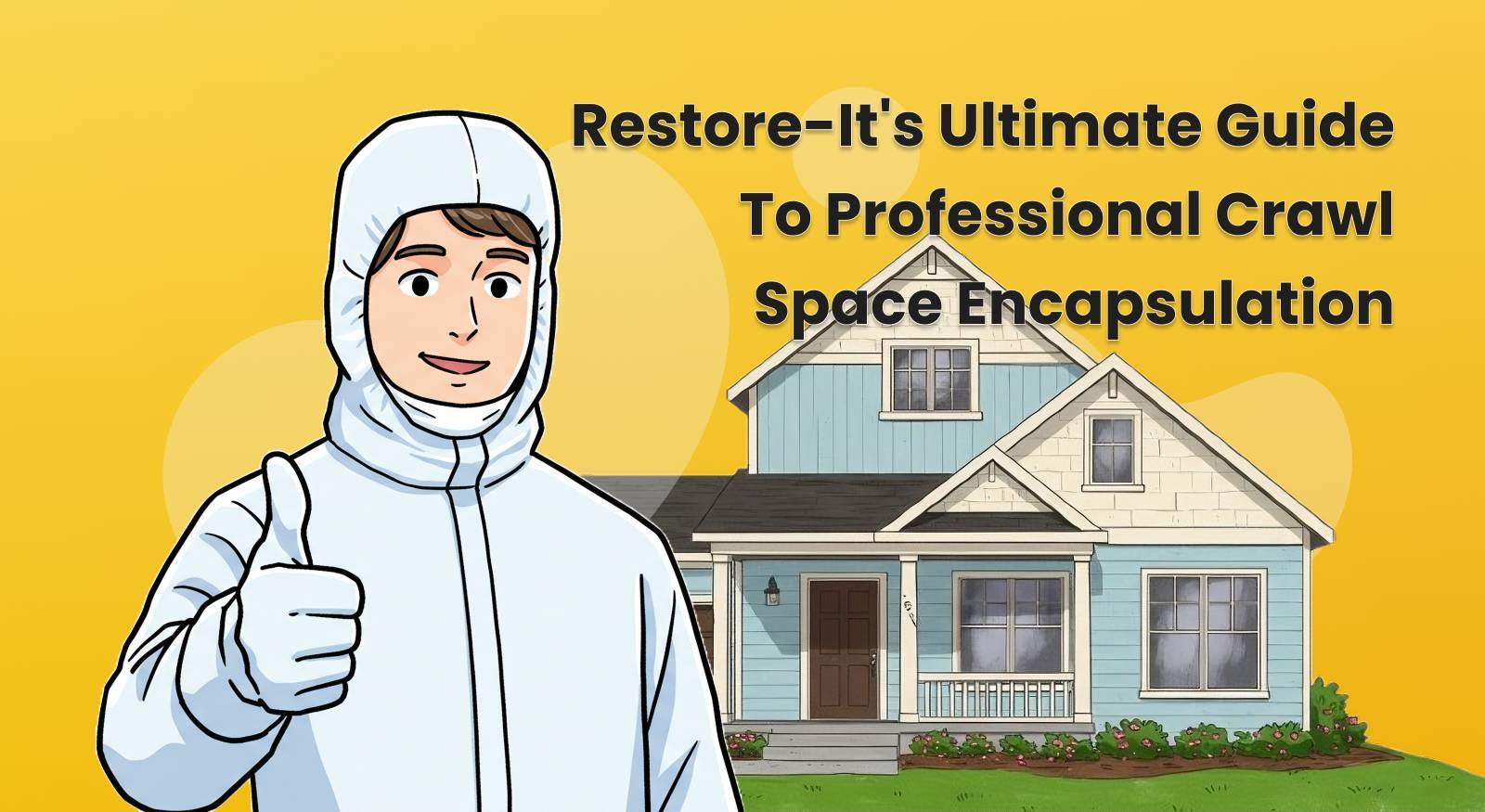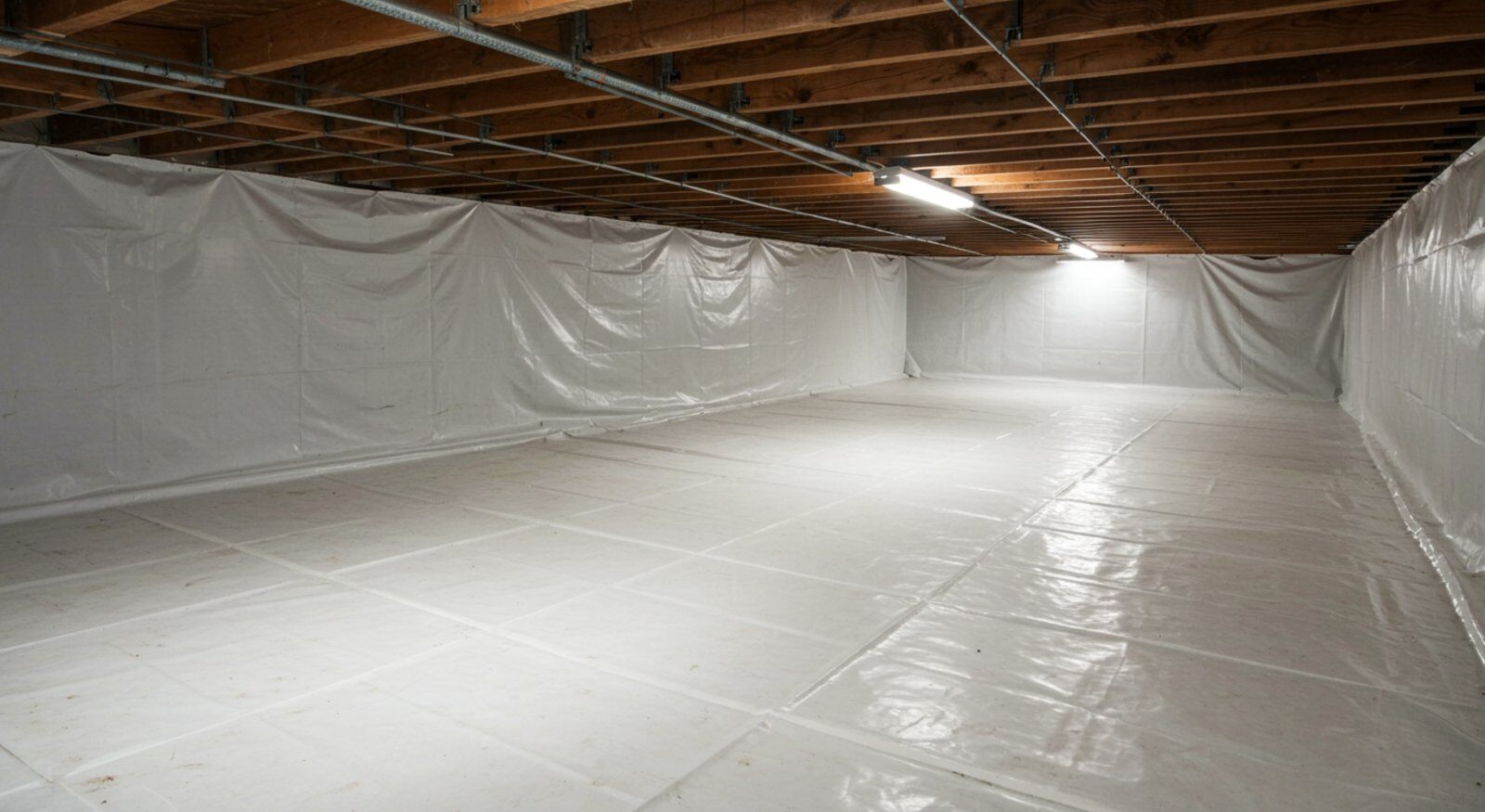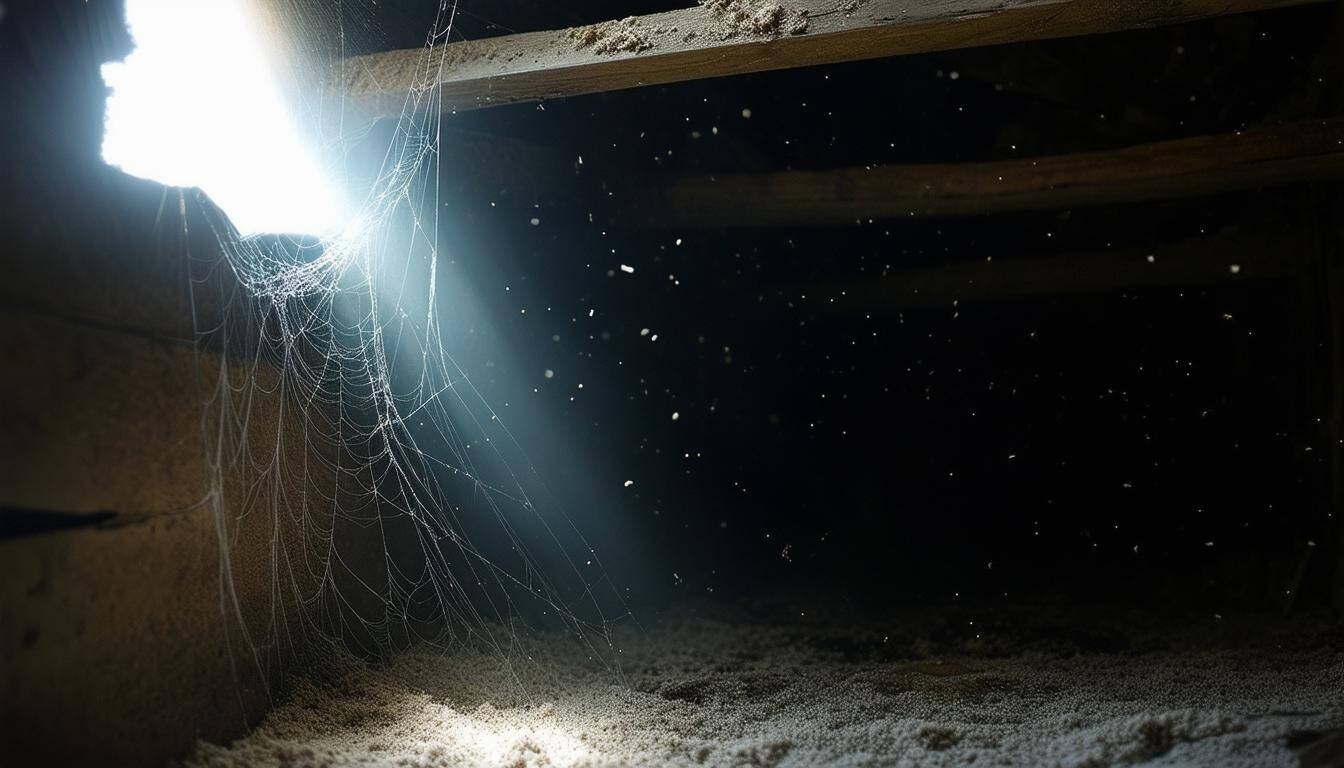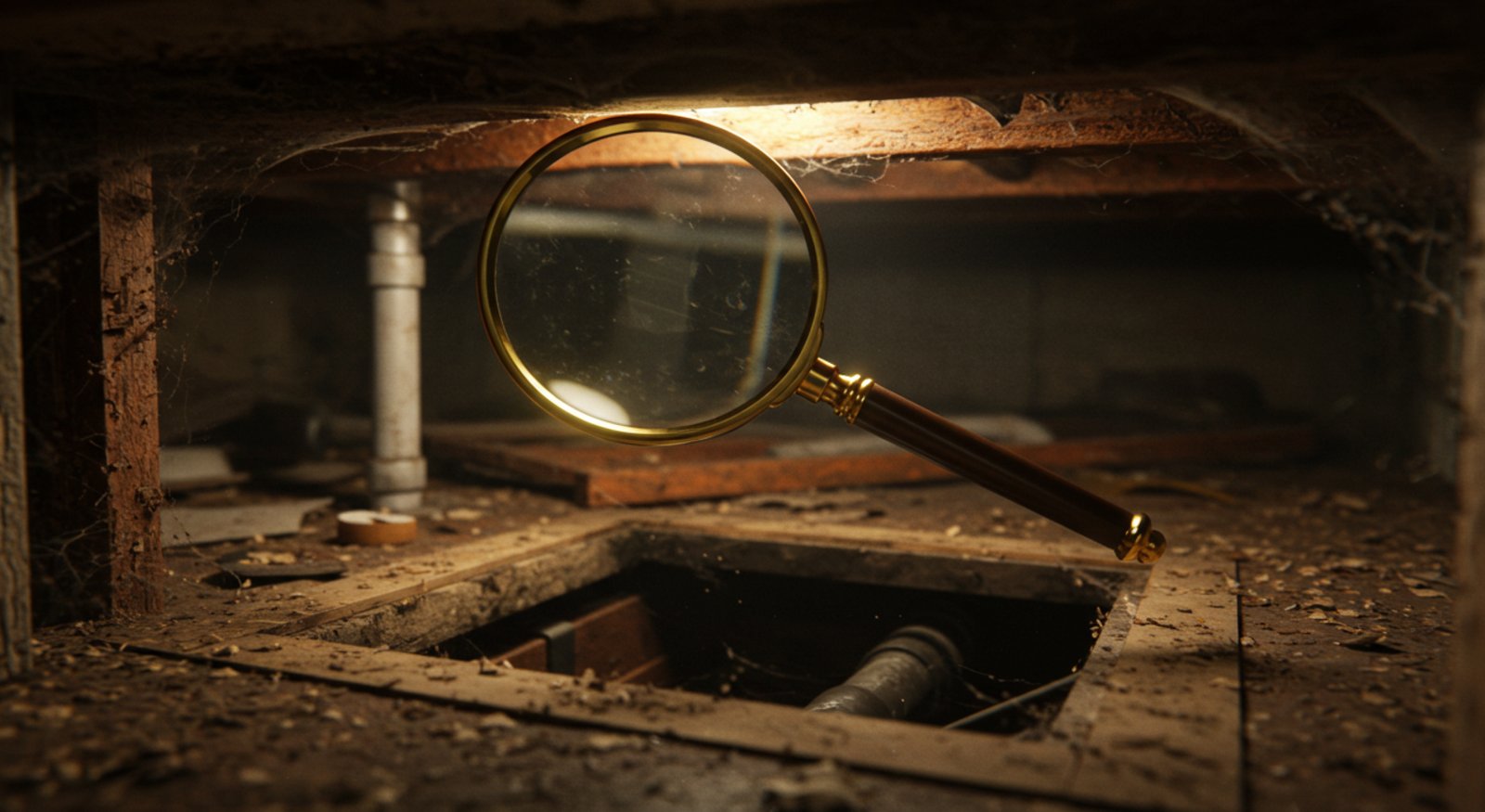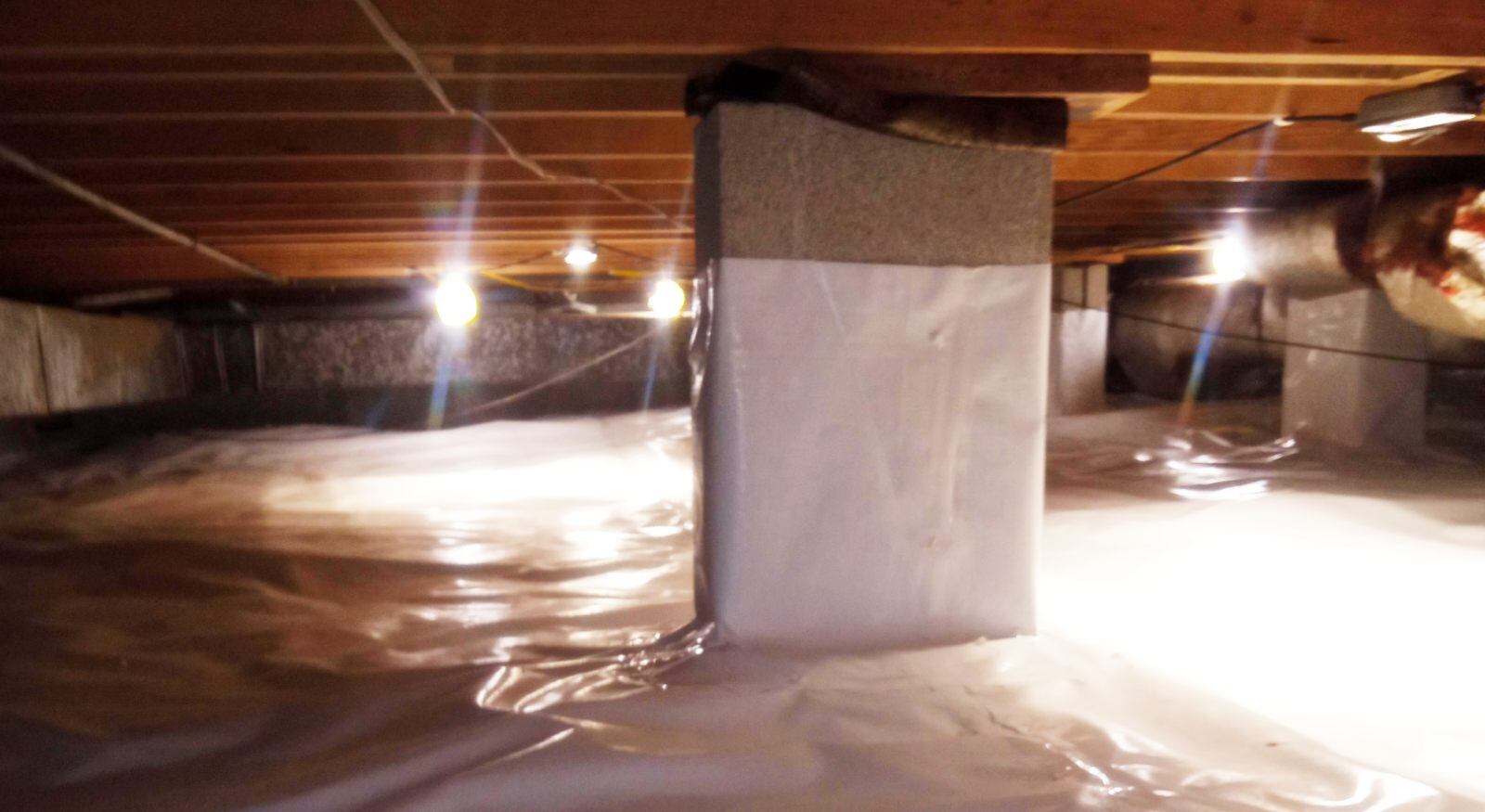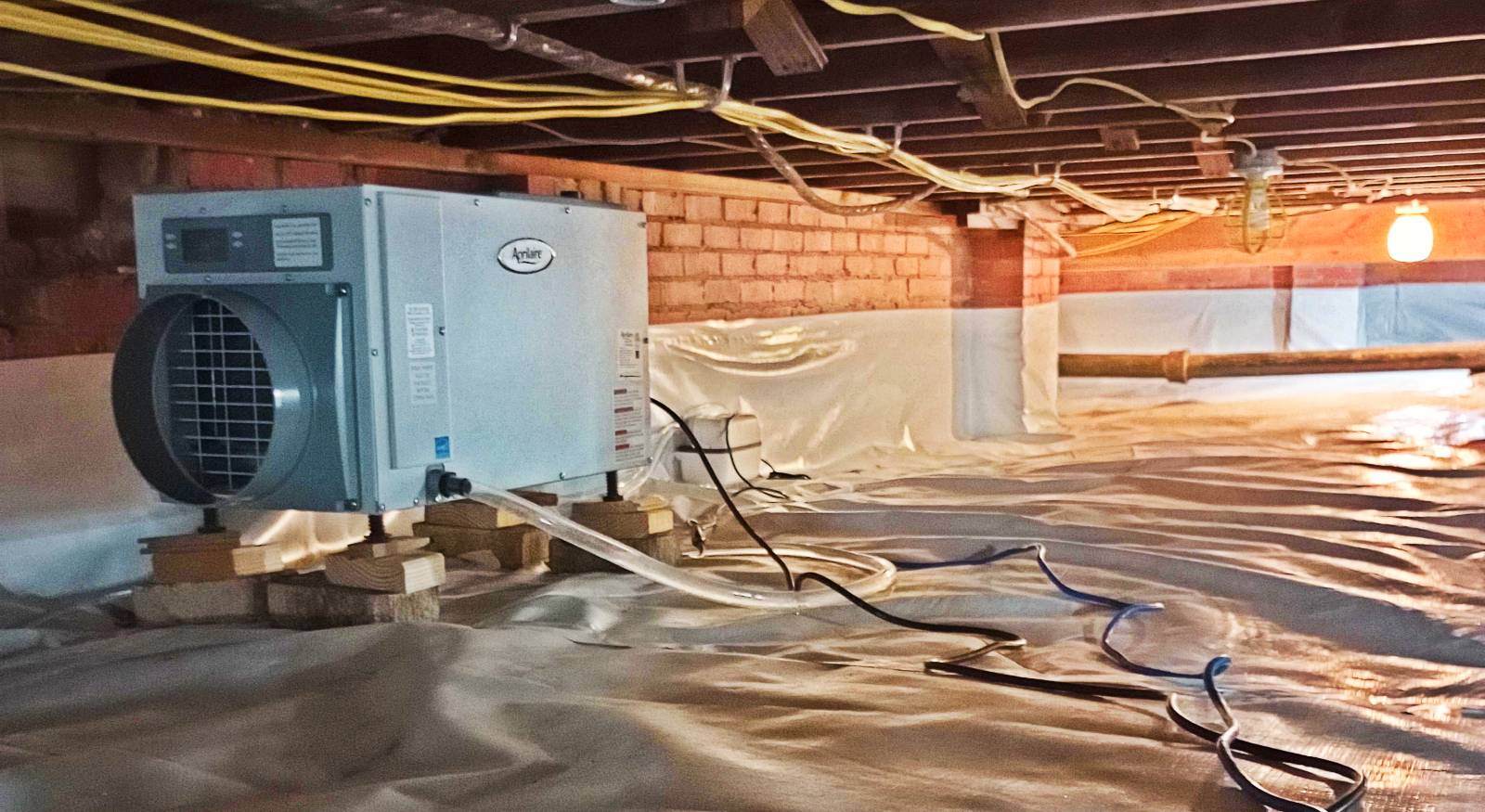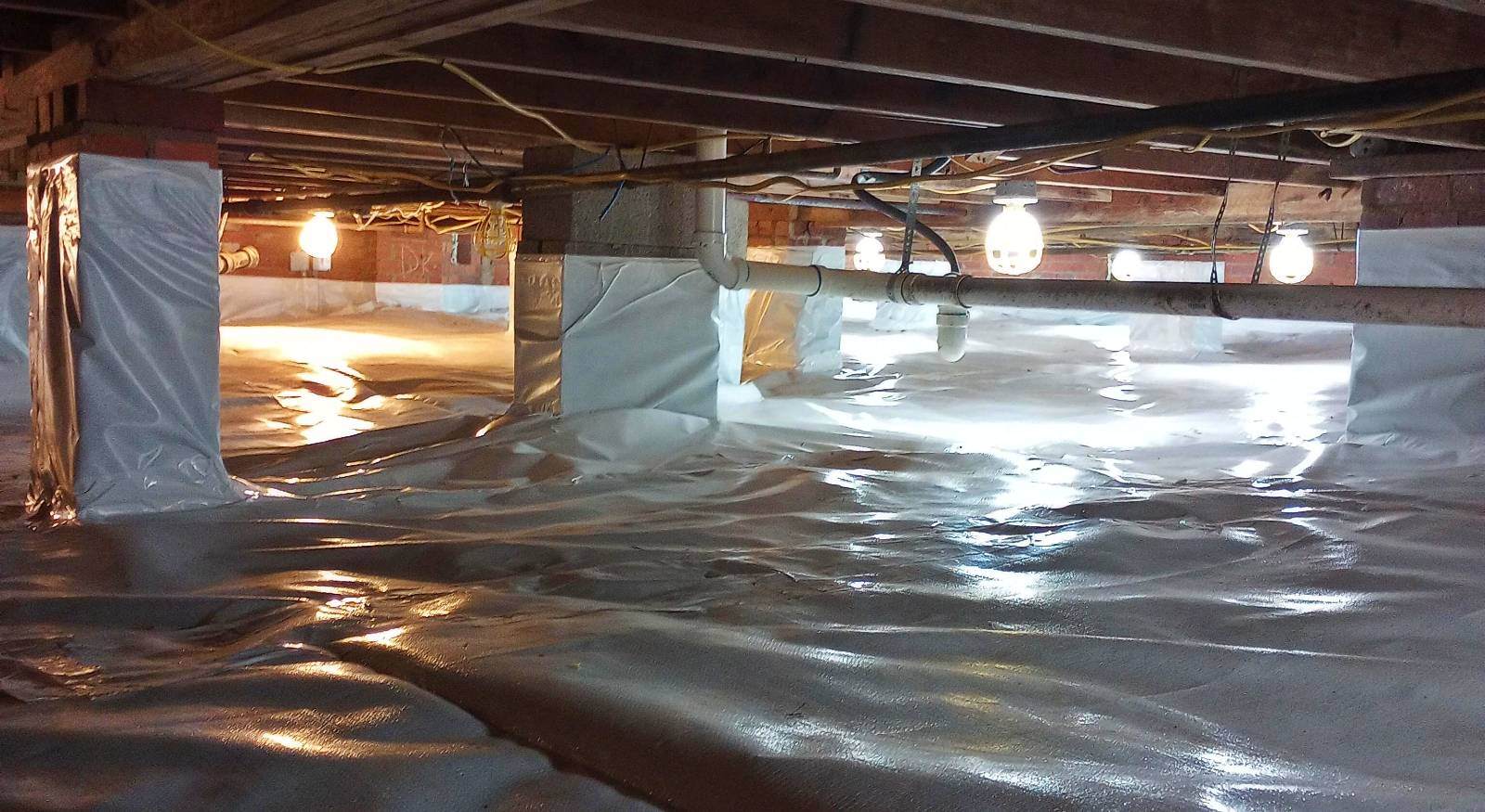Fight fall allergies with crawl space encapsulation
September 2nd, 2024
4 min read
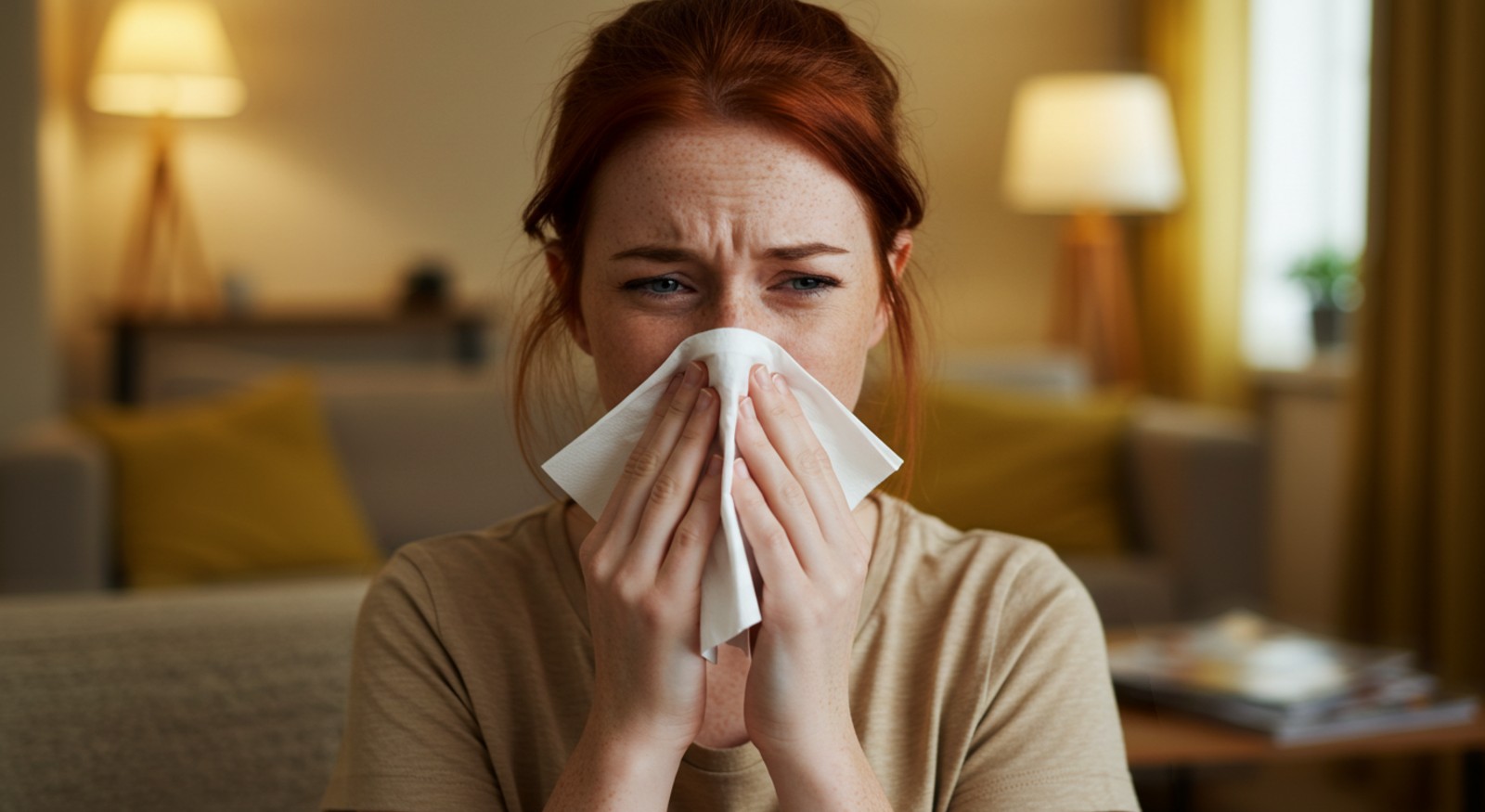
Fall in our dear El Dorado is a season of transformation and change. With its vibrant hues, the changing leaves paint a gorgeous landscape in a city with a rich history that goes back to 1843 when the city was founded, through its expansion during the oil boom of the 20s, making it Arkansas' original "boomtown."
However, it might also mark the onset of fall allergies for you or your family, starting a long season of runny noses, constant sneezing, coughing, and itchy eyes. If you are one of the unlucky ones, you might find comfort in knowing that you can mitigate the symptoms by encapsulating your crawl space.
As a company with over 50 years of combined experience in the crawl encapsulation business, we are well aware of the multiple benefits of this process. Especially the improvements you can make to indoor air quality, which is a significant factor when dealing with fall allergies.
Next, we will discuss fall allergies in El Dorado, from everything you need to know about them to how crawl space encapsulation can help you keep them under control. So put those tissues and allergy medications aside and learn with us how you can weather this storm of allergies during this upcoming season.
Fall allergies in Southern Arkansas: 5 key questions and answers
While for many, allergy season begins in spring (due to the sudden influx of pollen from trees), fall has other allergy triggers that can result in the same symptoms for some people. Here is everything you need to know about fall allergies in El Dorado:
What are seasonal allergies, and how do they work?
Your immune system typically fights dangerous invaders like germs by producing protective proteins called antibodies. However, during allergic reactions, the immune system overreacts to substances known as "allergens" even though they are not really harmful. This can lead to inflammation in the skin, sinuses, airways, or digestive system, the Mayo Clinic explains.
During certain seasons, allergens (like pollen and mold spores) become airborne and cause allergic reactions in some individuals. The number of people affected is nothing to brush off: In the United States, 25.7% of adults suffered from a seasonal allergy in 2021, according to data from the Centers for Disease Control (CDC).
What triggers fall allergies?
According to the American College of Allergy, Asthma & Immunology (ACAAI), these are the main triggers for allergies during fall:
- Ragweed: This weed releases a lot of pollen from August, peaking in early to mid-September and ending in November. It is the most significant contributor to fall allergies in the region.
- Mold: It becomes active during spring, summer, and fall, taking advantage of the heat and humidity, particularly during fall when it feasts on fallen leaves. It triggers allergies by releasing its spores.
- Dust mites: These tiny arachnids that feed on skin flakes are present in nearly all homes. They are well-known allergy triggers and, in some cases, can cause asthma attacks.
- Other plants to look out for: Pollen from pigweed and amaranth can also trigger allergic reactions in South Arkansas during fall, especially in September. They continue releasing pollen until the first hard frost of winter.
What are the most common symptoms of fall allergies?
During the fall season, people susceptible to allergens tend to suffer from diseases like allergic rhinitis (aka "hay fever") and may show some of the following symptoms:
- Sneezing
- Stuffy nose (congestion)
- Runny nose
- Watery eyes
- Itching of the nose, eyes, or the roof of the mouth
- Aggravated asthma symptoms
Also, some people experience other symptoms like coughing, headaches, and hives.
How can I keep the allergic symptoms under control?
The CDC also gives a few essential tips to prevent and protect yourself from fall allergy symptoms:
- Monitor pollen forecasts and limit outdoor exposure during high levels.
- Shower after being outside.
- Change your clothes after being outside.
- Keep your windows and doors closed.
- Check and change the HEPA filters in your HVAC system regularly.
- Follow your healthcare provider's instructions regarding your allergy and/or asthma medicine. You might need to keep it at hand during allergy season.
Additionally, the ACAAI recommends using a NIOSH-rated 95 filter mask to reduce exposure to allergens during outdoor activities.
How does indoor air quality impact seasonal allergies?
By now, you are probably wondering: If pollen from outside is the leading cause of seasonal allergies, wouldn't staying indoors be the solution to the problem? Well, not necessarily. According to the American Lung Association, indoor air can be 2 to 5 times more polluted than outside air (sometimes up to 100 times). Indoor pollution can occur due to many factors like certain construction processes and products (like asbestos or certain paints), fuel-burning appliances, usage of cleaning supplies without ventilation, bad habits by occupants, excessive moisture inside, and outdoor air pollutants entering the house.
Because of this, the air quality inside your home can be crucial if you want to manage seasonal allergies. Maintaining your HEPA filters and preventing air intrusion can be the key to reducing allergic reactions this fall.
Reduce fall allergy symptoms with crawl space encapsulation
Because of the physical phenomenon known as the "stack effect," air can intrude into your house through your home's crawl space, where it cools down and rises until it escapes through your roof. This can have a direct effect on the air quality in your home, leading to an accumulation of pollen, mold spores, and dust mites. Let’s explore how encapsulation can better your indoor air quality:
Use crawl space encapsulation for pollen control
Due to the aforementioned effect, pollen can accumulate inside your home through your crawl space. With professional crawl space encapsulation, you can seal any gaps in your home, creating a barrier against external pollutants like pollen and reducing your and your family's exposure to the allergen.
Prevent mold growth with a vapor barrier and dehumidifier
If there is one thing mold loves, it is damp, humid conditions, and for this, there is no more perfect environment than an untreated crawl space. By encapsulating and putting up a vapor barrier and a dehumidifier, you can control the moisture levels to reduce mold and mildew, which can also contribute to fall allergies.
Reduce dust mites by controlling the moisture levels
While there are other tips to protect against dust mites (including cleaning the places where they can live, replacing carpets, and dusting regularly), reducing humidity inside is vital to keep them at bay. Through professional crawl space encapsulation (combined with an HVAC system), you can control your home's humidity levels and force those pesky bugs to find a home elsewhere.
Now that you know all about fall allergies and how crawl space encapsulation can help you keep them under control, your next line of action is to contact us and say goodbye to those annoying allergies!
Professional crawl space encapsulation offers a multitude of additional benefits beyond just improving indoor air quality and reducing allergy symptoms. As a matter of fact, this process can significantly enhance the energy efficiency of your home by preventing heat loss and reducing the workload on your HVAC system, which can lead to lower utility bills. Plus, you will add value to your property.
It can also help in preventing structural damage by keeping moisture and pests at bay, thereby extending the lifespan of your home. Moreover, encapsulation can create a more comfortable living environment by maintaining consistent indoor temperatures and reducing musty odors. If you are interested in discovering more about these advantages and how they can specifically benefit your home, we have a comprehensive article ready for you to explore.
Topics:




